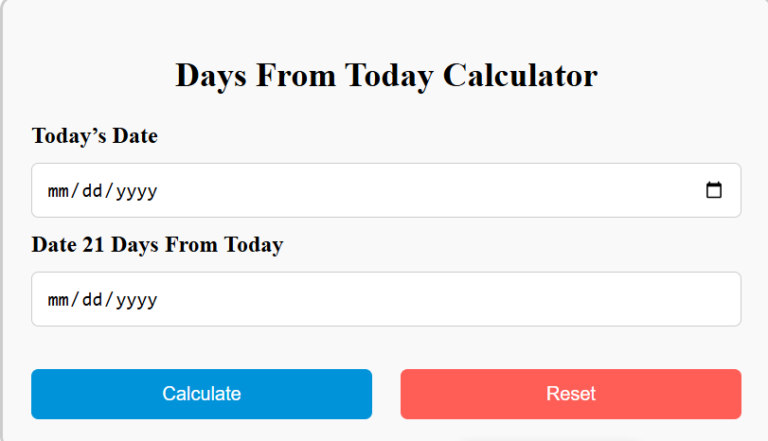To calculate the DART rate, multiply the number of recordable injuries and illnesses involving days away from work, restricted work, or job transfers (RI dart) by 200,000. Then divide the result by the total employee hours worked (EHW).
The DART Rate Calculator is an essential tool for evaluating workplace safety by assessing the rate of incidents that lead to Days Away, Restricted, or Transferred (DART) cases. This metric is vital for organizations to identify areas needing improvement in occupational safety and health compliance. It helps meet OSHA standards, benchmark performance, and enhance worker well-being.
Formula
DR = (RI dart ∗ 200,000) / EHW
| Variable | Description |
|---|---|
| DR | DART Rate, expressed per 100 full-time employees |
| RI dart | Recordable incidents involving days away, restricted work, or transfers |
| EHW | Total employee hours worked |
Solved Calculations
Example 1: DART Rate for a Small Business
| Step | Value |
|---|---|
| Recordable Incidents (RI dart) | 5 |
| Employee Hours Worked (EHW) | 50,000 |
| Calculation | (5 ∗ 200,000) / 50,000 |
| DART Rate | 20.0 |
Example 2: DART Rate for a Large Organization
| Step | Value |
|---|---|
| Recordable Incidents (RI dart) | 30 |
| Employee Hours Worked (EHW) | 1,000,000 |
| Calculation | (30 ∗ 200,000) / 1,000,000 |
| DART Rate | 6.0 |





